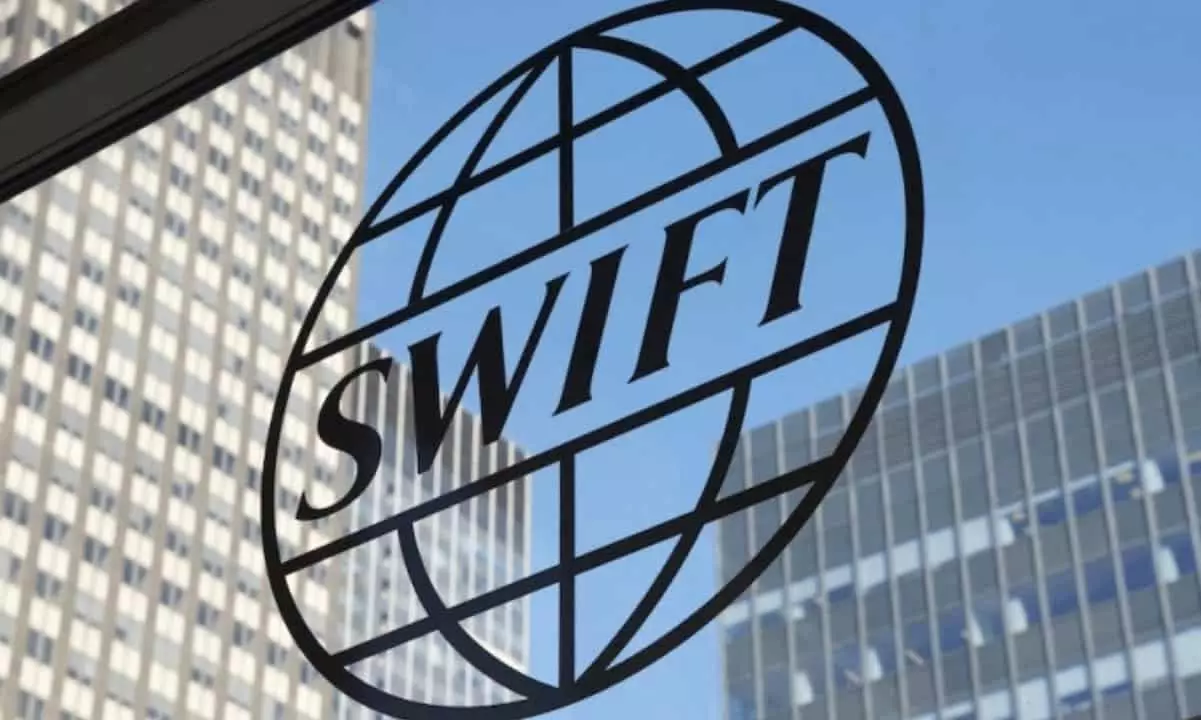On September 11, a significant shift in the global financial landscape was heralded by the Society for Worldwide Interbank Financial Telecommunication (SWIFT), an organization that facilitates international payments among banks. In its recent announcement, SWIFT detailed ambitious plans to integrate regulated digital assets and cryptocurrencies into its existing framework, signaling a potential transformation in how global banking operates. Founded in 1973, SWIFT has continuously evolved, and this initiative indicates its commitment to embracing modern technologies to enhance the efficiency and scope of international finance.
SWIFT’s new strategy highlights a vision where traditional financial systems seamlessly coexist with emerging digital currencies and tokenized assets. Matthew Sigel, a noted authority in digital asset research, highlighted that, to date, SWIFT has mainly referenced Ethereum in discussions regarding blockchain technology, pointing to an inclination toward leveraging established layer-1 solutions. This focus raises questions about SWIFT’s potential collaborations with other blockchain technologies, especially given the rapid evolution of the digital asset landscape.
The organization recognizes the explosive growth of tokenized real-world assets (RWAs), with projections estimating their market valuation could soar to $30 trillion by 2034, as indicated by research from Standard Chartered. This figure underscores the seriousness with which SWIFT views the burgeoning tokenization market and suggests a strong institutional interest, with a striking 91% of institutional investors reportedly keen to explore tokenized asset investments.
Despite this promising landscape, SWIFT acknowledges the challenges presented by a fragmented digital ecosystem. Current divergent platforms and varying regulatory environments often resemble isolated “digital islands,” complicating interactions for institutional players who must navigate multiple tokenization avenues. Therefore, SWIFT aims to harness its extensive infrastructure to foster a unified network, addressing these complexities while facilitating smoother transactions of tokenized values.
The institution’s experiments in blockchain interoperability have been fruitful, showcasing the capability of SWIFT’s infrastructure to facilitate tokenized transfers across diverse blockchain realms. These positive outcomes set a precedent for future advancements and emphasize the potential of blockchain technology to enhance financial transactions.
SWIFT’s plans to further develop its infrastructure will likely revolutionize how securities investors engage with digital assets, allowing them to make real-time exchanges of tokenized commodities while initially relying on traditional fiat currencies. Their proactive steps toward utilizing central bank digital currencies (CBDCs), tokenized commercial bank money, and regulated stablecoins further illustrate a gradual yet determined approach towards digital integration.
While this initiative raises expectations for cryptocurrencies, it is crucial to note that SWIFT’s network may not permit the transfer of decentralized cryptocurrencies like Bitcoin or Ethereum in the immediate future. However, it may enhance the operational frameworks supporting these assets, such as Ethereum and Chainlink, through explorations like the recent collaboration with Chainlink to utilize its Cross-Chain Interoperability Protocol (CCIP).
As SWIFT continues to forge ahead with its strategic initiatives, the organization’s efforts may lead to a significant convergence of traditional finance and innovative digital solutions. By addressing fragmentation and promoting interoperability, SWIFT is positioned to redefine the future of global financial transactions, potentially making it a foundational player in the digital asset space. Financial institutions and investors will be closely watching how these developments unfold, hopeful for a more integrated and efficient market landscape.

